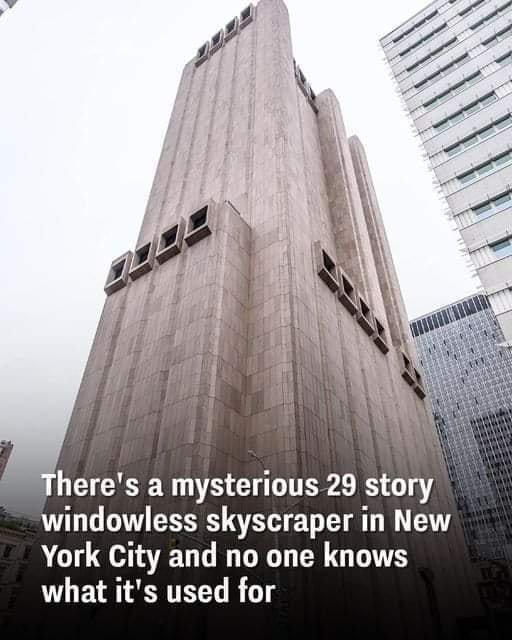
More than two decades after the September 11, 2001 attacks, new footage of the Twin Towers’ collapse has surfaced. Kei Sugimoto, who filmed the video, recently released it after discovering old tapes in his closet. “It’s crazy that we’re almost 23 years out and still getting new footage,” remarked a Reddit user.
Sugimoto’s footage, captured from the roof of a building at 64 St Marks Place in New York City, offers a unique view of the towers collapsing from the north. The video shows the towers billowing with smoke before falling, providing a “unique perspective not seen from the south or east,” noted one viewer.
Since its release on July 23, 2023, the footage has generated widespread discussion online. One user reflected, “Makes me wonder how much history is being stored in people’s attics or basements waiting to be unearthed.”
Sugimoto’s decision to share this footage not only adds a new visual layer to 9/11 but also strengthens the collective memory of an event that shaped the 21st century.
The release of this new footage serves as a poignant reminder of the lasting impact of the September 11 attacks on both individual lives and the collective consciousness. Even after more than two decades, the emotional weight of that day remains deeply felt, and new perspectives like Kei Sugimoto’s video bring fresh layers of reflection and remembrance.
The discovery of the tapes highlights how personal archives can contribute to the historical record, offering perspectives that mainstream media or official footage may have missed. Sugimoto’s video, captured from a different angle, provides a rare north-facing view of the collapse, which many hadn’t seen before. This underscores how individual experiences can provide unique insights into widely documented events, further enhancing the collective understanding of history.
Viewers of the footage have expressed a range of emotions, from sorrow to renewed shock, as they witness the towers falling from this previously unseen angle. As one user pointed out, it prompts thoughts about the amount of forgotten or undiscovered historical material that may still be lying in attics, basements, or old storage units. Sugimoto’s footage is just one example of how personal archives can unexpectedly contribute to our understanding of significant global events.
As discussions surrounding the footage continue online, it also emphasizes the importance of preserving personal histories and encourages others to reflect on the potential value of their own forgotten possessions. In the digital age, where everything is so easily documented and shared, there is still immense value in rediscovering physical artifacts—like Sugimoto’s tapes—that can provide new insights into the events that shape our world.
This new visual documentation strengthens the ongoing effort to remember and honor the lives lost on that tragic day, ensuring that the memory of 9/11 continues to be revisited, understood, and respected by future generations.


